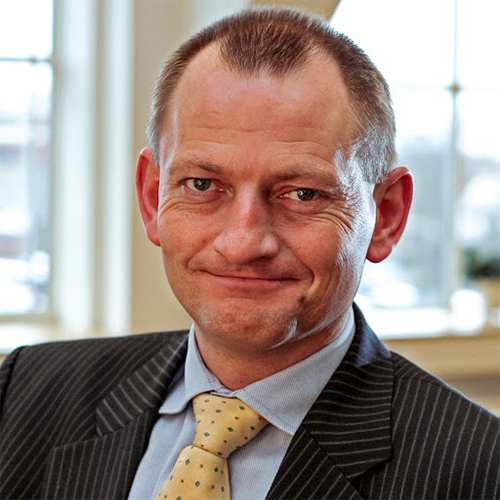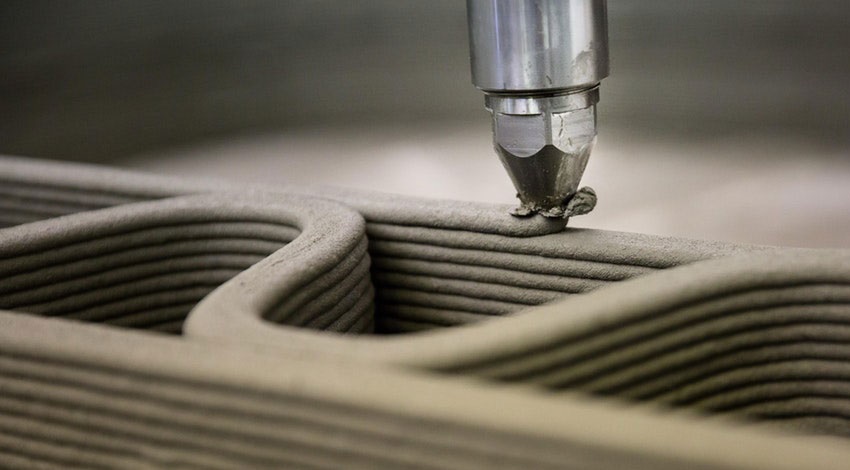I am not telling you anything new when I say construction 3D printing is gaining momentum. We have been covering the use of 3D printing in architecture and construction since a few years now, but the hype has gathered more importance with the sale of the first 3D printed house for $299,999.
Why? Well, the housing marketreveals the demand for houses across various geographical locations is currently exploding. Not to mention that, certain countries like the USA are historically acknowledged for a low supply of housing. As a matter of act, a recent article reveals that in the past two months, 82 houses have been snapped up in California, and the waiting list is 1,000 long.
Add to that the fact that with the Covid-19 pandemic and the different confinements, housing prices have been continuously rising – (in Belgium, one talks about an almost 14% overvaluation of the real estate market), leading to increased mortgage rates.
In a nutshell, the housing market seems to go through an unprecedented crisis, and for a group of experts in the field, the first step in tackling this issue would be to meet the demand for houses, by making more houses available – quickly.
How do we do that? – Construction 3D printing. Well, if you are a regular reader of 3D ADEPT Media, you know this manufacturing process can help build a house in 24 hours – or less.
With the many projects that are being held across the world right now, be it in the USA, Germany or UAE, the global 3D printing construction market could be on the right path to grow from USD 3 million in 2019 to USD 1,575 million by 2024, at a CAGR of 245.9 % between 2019 and 2024.
Several companies have decided to specialize in the field, both companies that are coming from the conventional building industry and technology companies that have been providing construction 3D printing services since day one. Interestingly, among both groups, construction technology companies have always claimed that construction 3D printing might be the right solution to address housing shortage.
Remember that before the sale of SQ4D’s 3D Printed House, the first 3D printed houses that have been built in this industry were social housing: the 3D printed home in Austin (USA); YHNOVA, the 3D printed house in Nantes (France); or even the houses of Project Milestone (in the Netherlands).
So is it true? Can we believe in the use of construction 3D printing to address housing shortage?
From a solely manufacturing standpoint, that’s something I will not doubt:
- Design freedom alsoprovides an interesting advantage for builders in this sector;
- Time: when building a 3D printed house, one saves approximatively 60% of the time onsite and 80% in labour.
- Worldwide construction waste currently totals more than 1 billion tons each year. Our colleagues from Construction Dive think that this number would have doubled by 2025. As 3D printing only uses the exact amount of material required to build a structure, it can help solve a part of the problem. When combined with other waste-reducing processes and building methods like prefabrication and lean construction, there could be a way to achieve a waste-zero building.
- Decrease human error: as construction 3D printing is more automated and programmable, there is less chance of having (fatal) accidents at the workplace.
Anyway, in most cases and when it comes to benefits, what’s true regarding the benefits of 3D printing in other vertical industries happen to be true for construction 3D printing.
However, it’s easy to see only advantages when we do not ask the right questions to the right people. There are so many other items that professionals do not take into account:
- Can construction 3D printing be applied in all environments? With all materials?
- What about the costs?
- What about the workforce? Does it not remove jobs on the market?
- And quality control?
- Or regulations…?
- Etc…
These are just some of the considerations we have decided to address in our next Additive Talks session that will discuss the “hidden complexities in construction 3D printing”.
Set to take place on Wednesday 15th Setptember from 03.30 pm to 04.30 pm CET, this virtual table will gather three industry experts from various profiles:
Henrik Lund-Nielsen is the founder and General Manager of COBOD International A/S. This manufacturer of construction 3D printers is among the first to build a 3D printed building in Europe back in 2017 and the world’s first 3D printed windmill tower in 2019. The company’s 3D printers have been used to build houses and building in several countries including Belgium, UAE, Malawi and India. The company is currently involved in several long-term projects and continuously strive towards full automation in the construction industry. Lund-Nielsen is mostly known from his role as founder of COBOD International A/S but the business executive and serial-entrepreneur is an investor and founder of several Danish growth companies mainly within the 3D printing, and other technology based industries.

Dr. Fabian Meyer-Broetz is the Head of 3D Construction Printing at the PERI GmbH in Germany – one of the largest manufacturers of formwork and scaffolding solutions in the world. Fabian’s work revolves around paving the way for a broader application of 3D printing in the industrial practice and bringing state of the art technology on real world construction sites. He is developing projects with PERI customers in Europe, the US, the Middle East and Japan. A holistic view on the construction process and all trades involved is core to all his activities. PERI is a manufacturer and supplier of formwork and scaffolding systems founded in 1969 in Weißenhorn, Germany. Not only did the company build extensive experience in the mainstream construction market but it also invests in construction 3D printing company COBOD. In the construction 3D printing industry, the company sells and rents construction 3D printers and provides a wide range of solutions including training, site supervision, and planning support. They help our clients transform a 3D printing technology into a construction technology by answering questions like: how are the other trades, e.g. Windows, insulation, MEP to be integrated into the print? How do I design a 3D printed house? How do I go about acquiring a permit for a 3d printed structure?

Sandra Lucas is an assistant professor in 3D printing of concrete in the research group Concrete Structures at the TU/e department of the Built Environment (unit Structural Design). Sandra’s research goal is to understand how material’s modification can alter its microstructure, how this influences the macromechanical behaviour, creating new properties – self-healing, self-sensing, heat storage or self-cleaning, for example. At TU/e, her research focuses on transferring this knowledge to additive manufacturing, developing fully customisable 3D printed materials and buildings. She is the project leader of two consortium projects supported by NWO (the Dutch research council) – ‘Additive manufacturing of functional construction materials on-demand’ and ‘Additive manufacturing of sustainable concrete for zero-energy buildings’.

Eindhoven University of Technology is one of the first players in the Netherlands that started exploringconstruction 3D printing as a viable manufacturing process. Among the many projects where the university has been involved, one notes Project Milestone whose tangible results have already been shared. The university is currently carrying out a 3D Concrete Printing (3DCP) research program which aims to establish concrete printing as a viable new method to manufacture concrete elements and buildings, and to fundamentally understand its processes. The research group operates and develops its own 3D Concrete Printer at the Department of the Built Environment. The printer consists of a four axis gantry robot with a print bed of approximately 9.0×4.5×3 m3, coupled with a concrete mixing pump, both controlled by a numerical controller. Interesting in discovering what this high-profile line-up of speakers has to reveal about the complexities behind construction 3D printing?
A recording of this panel has been made available here.






